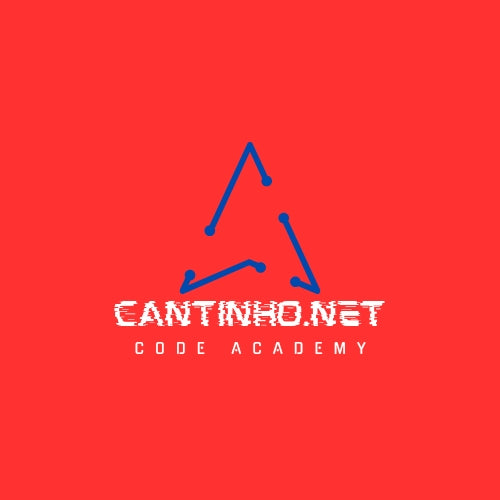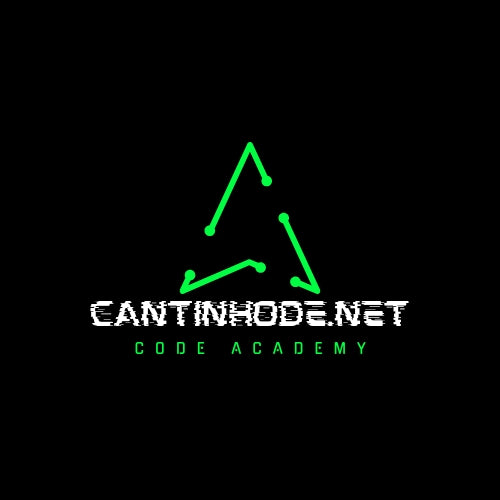Here's a brief overview of some common lifecycle hooks in these frameworks:
1. **React:**
- `componentDidMount`: This method is called once the component is inserted into the DOM tree. It's a good place to initiate network requests, set timers, etc.
- `componentDidUpdate`: This method is called after the component is updated in the DOM. It's a good place to do network requests based on prop changes.
- `componentWillUnmount`: This method is called just before the component is removed from the DOM. It's a good place to do cleanup tasks like invalidating timers, canceling network requests, or cleaning up any subscriptions that were created in `componentDidMount`.
2. **Angular:**
- `ngOnInit`: This is called once the component is initialized. It's a good place to put initialization logic.
- `ngOnChanges`: This is called whenever one or more data-bound input properties change. It's a good place to put code that reacts to input changes.
- `ngOnDestroy`: This is called just before Angular destroys the directive/component. It's a good place to put cleanup logic.
3. **Vue.js:**
- `created`: This is called after the instance is created. At this stage, the instance has finished processing the options which means the instance has initialized data observation, computed properties, methods, watch/event callbacks. However, the mount phase has not been started, and the `$el` property will not be available yet.
- `mounted`: This is called after the instance has been mounted. When this hook is called, the component DOM has been updated, so you can access the reactive component data and operate on the DOM.
- `beforeDestroy` and `destroyed`: These are called before and after the instance has been destroyed. It's a good place to put cleanup logic.
Remember, the exact names and behaviors of these hooks can vary between frameworks, so it's important to refer to the official documentation for the specific framework you're using.







